Inside Chernobyl: exploring the site of a major nuclear accident
Uncategorized 4 January 2016
Ceri is a photographer, when he heard about our blog he got in touch about an upcoming trip to Chernobyl, this article is the product of that trip, and the views here reflect on the opinions of the tour guides and locals he met. Click an image to view as a slider and in full quality.
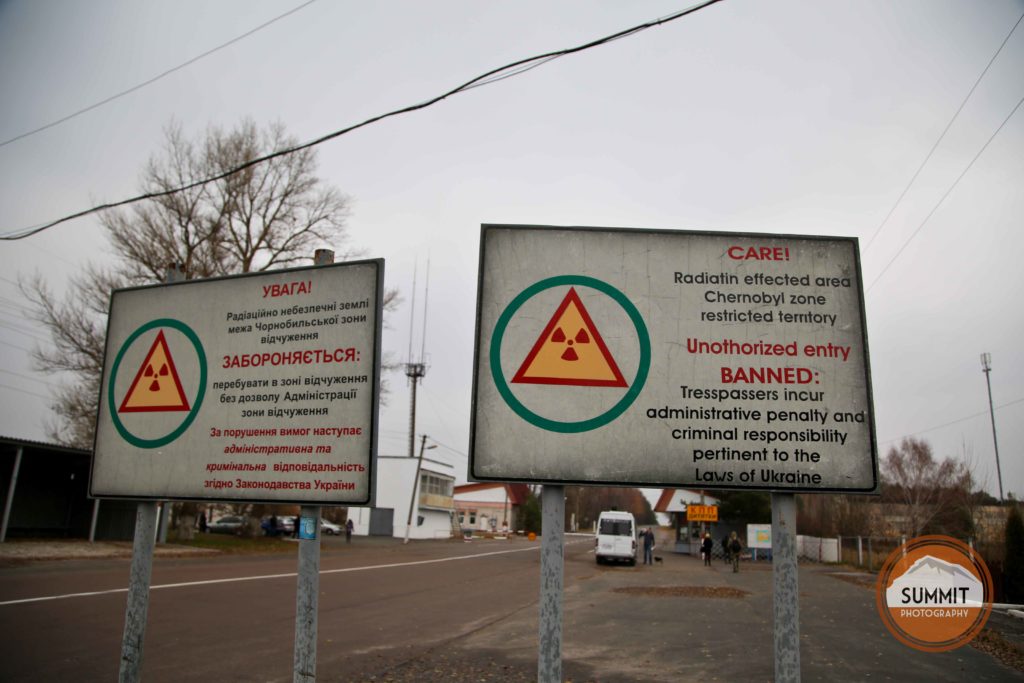
It may sound weird, but I’ve long since been fascinated by disaster sites. After visiting Hiroshima, Japan (the first ever city to be targeted by a nuclear weapon in 1945) two years ago, I was drawn to explore more and when the opportunity to visit Chernobyl, Ukraine, arose I jumped at the chance. Chernobyl could not have felt further away from Hiroshima; a deserted Soviet-era ‘Utopia’ close to the Belorussian border with stringent checkpoints and a heavy military presence. This was an exciting place for commercial nuclear power when it opened back in 1970, attracting the greatest nuclear physicists from across the USSR.
In the early hours of the 26th of April 1986 the worst nuclear disaster in history occurred in Reactor 4. The fires following the blast released at least 5% of the reactor core (some 5200 PBq – I-131 eq) into the atmosphere and over the ‘atom town’ of Pripyat 12 miles away. Only 41 people died in connection with the disaster, but the longer-term effects are apparent in the remaining communities, indeed the psychological effects of evacuation and fear may the largest contributing factor to poor health. Despite the danger to health, a large number of liquidators came in soon after the event in a bid to stabilise the reactor. The 600,000 liquidators are monitored regularly for health issues; many of whom are still alive today showing no obvious signs of illness. Models predict that by 2065 Chernobyl will have caused about 16,000 cases of thyroid cancer and 25,000 cases of other cancers, over this time period, this incident of cancer adds little to the hundreds of millions of cancer cases expected from other, natural sources (Dr Boyle for Elisabeth Cardis, International Agency for Research on Cancer, 2006).
The disaster was widely accepted to be a result of a flawed Soviet reactor design in addition to serious human error. The Soviet authorities withheld the full extent of the damage until weeks after it occurred, with the first report being released on the 28th of April by the official news agency, Tass, outlining that there had been casualties, but giving no details of numbers, seemingly downplaying the horror that was unfolding on the ground. This came 12 hours after Sweden detected a dangerous surge in radioactivity at their Forsmark Nuclear Power Plant. Worryingly, in the days following the disaster, children were prohibited from wearing gas masks to avoid widespread panic across the town of Pripyat, an approach that valued perception over safety.
After departing from Kiev central train station a couple of hours earlier, the first stop inside the 30 km exclusion zone was at an (almost) abandoned Zalissya village. We went to visit the house of an 86 year old lady who has no family and her friends are all dead. She lives alone in her house with no electricity or water, grows her own vegetables, picks her own fruit and keeps warm with a fire. It’s an hour and a half walk to the nearest shop, and she refuses the offer of a lift from passing vehicles. This resolute woman illustrates that perhaps the direct effect of radiation poisoning is not as severe as we are lead to believe and in fact the effects from this disaster were far smaller than many had expected. Granted, there aren’t that many people living in the exclusion zone today, but almost all experts agree that there is still a significant risk of living inside the exclusion zone. I couldn’t help but feel sorry for this old lady having to deal with a continuous flow of camera-wielding tourists ogling at her house over her small green fence.
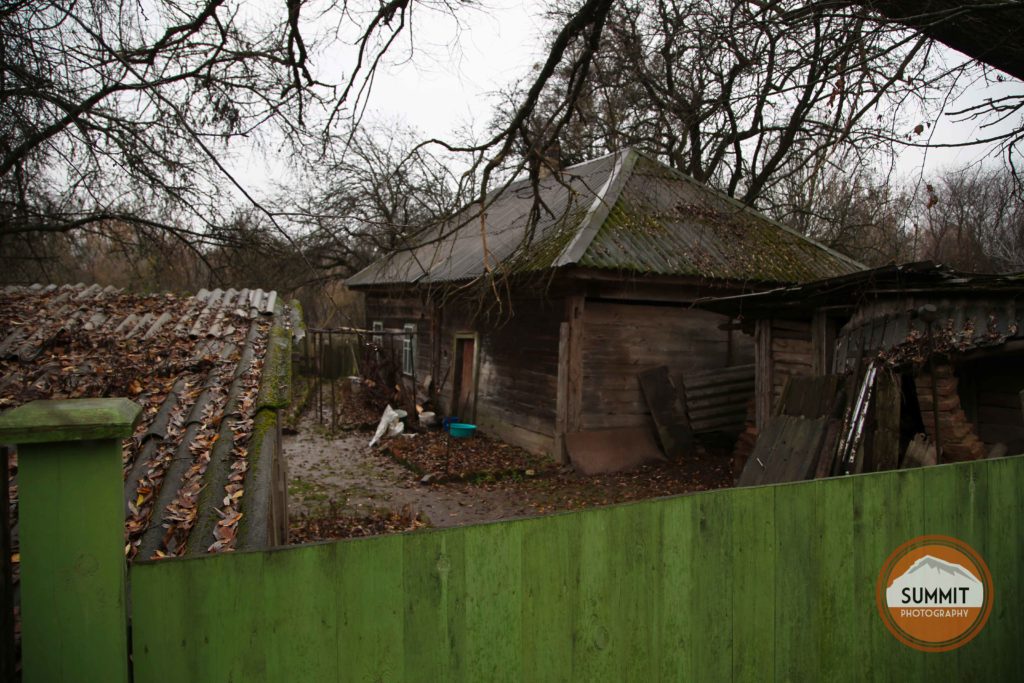
From the village we headed to the cooling pond, inhabited by giant catfish, which (contrary to popular belief) had grown so large because they can live up to 100 years and won’t stop growing if conditions are favourable. Add that to no predators or fishermen and you get a lake full of giant fish! Wildlife as a whole has shocked many and thrived since the disaster, with animals that have been tested being slightly more radioactive than usual, rather than deformed. A lot of larger animals like bears, wolves and elk boar have sought refuge in abandoned structures, but none of them glow or have extra limbs (sorry to disappoint!).
Just around the corner we approached the power plant itself, which appeared surprisingly normal, arriving at the same time as a group of workers clocking on. My dosimeter’s alarm was reading 2.73 microsieverts: the highest reading of the tour. Strict limits on worker’s hours and high salaries encourage these people to work so close to the stricken reactor and all of the cranes behind the front wall of concrete are controlled remotely, as radiation levels inside are still incredibly high. A new heavily reinforced domed sarcophagus is being finalised about 100 m from the reactor and is set to be slid onto the reactor in 2017 and sealed up to offer a century of protection. Once in position they will try to remove the remaining radioactive materials, hopefully rendering it safe indefinitely.
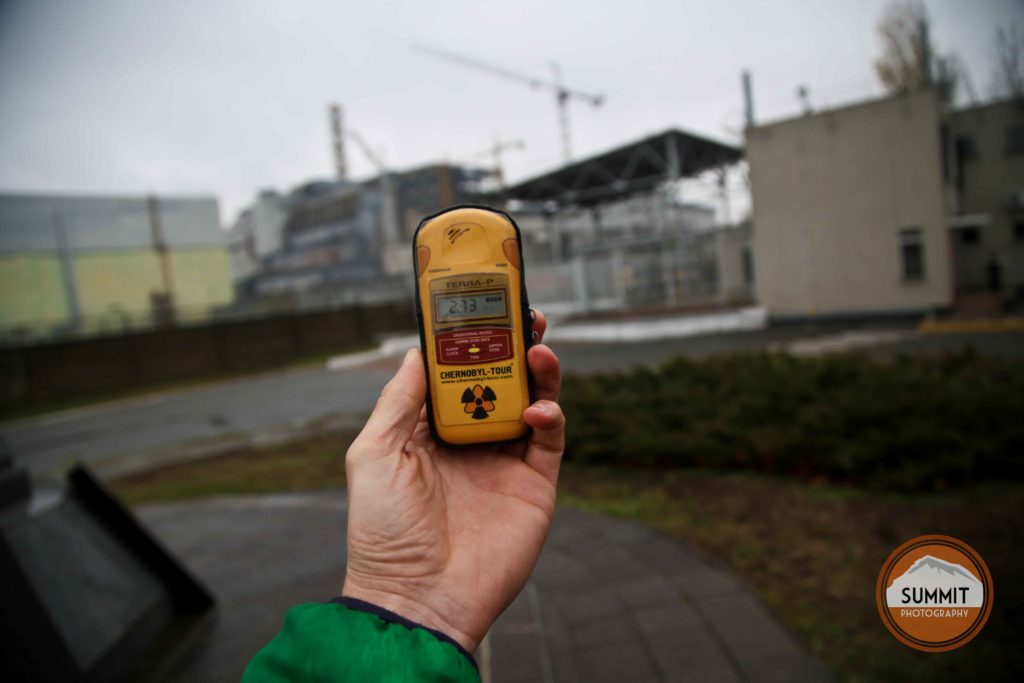
Probably the most interesting part of the trip for me as a photographer was visiting the abandoned town of Pripyat. The town offered young scientists the dream of living in their very own self-contained apartment; a progressive concept in the Soviet era, where kitchens and bathrooms were often shared between four or more families. The sports hall, the tower blocks and the theme park that was due to open a week after the disaster on the 1st of May all created an eerie post-apocalyptic feel about the place, with many haunting echoes of the past littering the ground.
Ceri Provis-Evans is a professional photographer, you can see more of his photos online here.


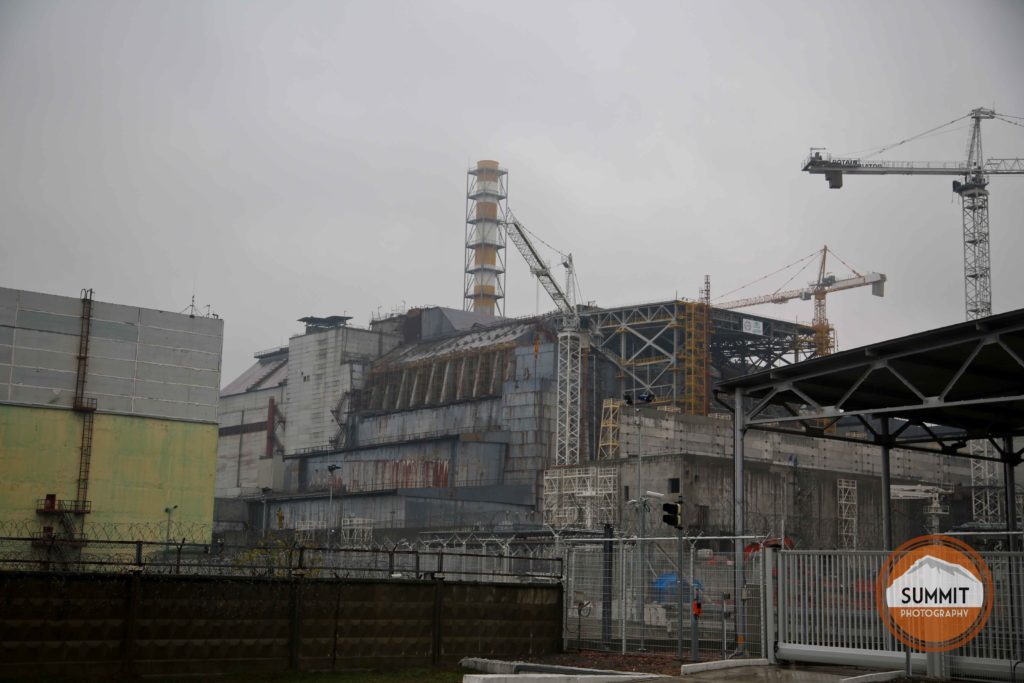
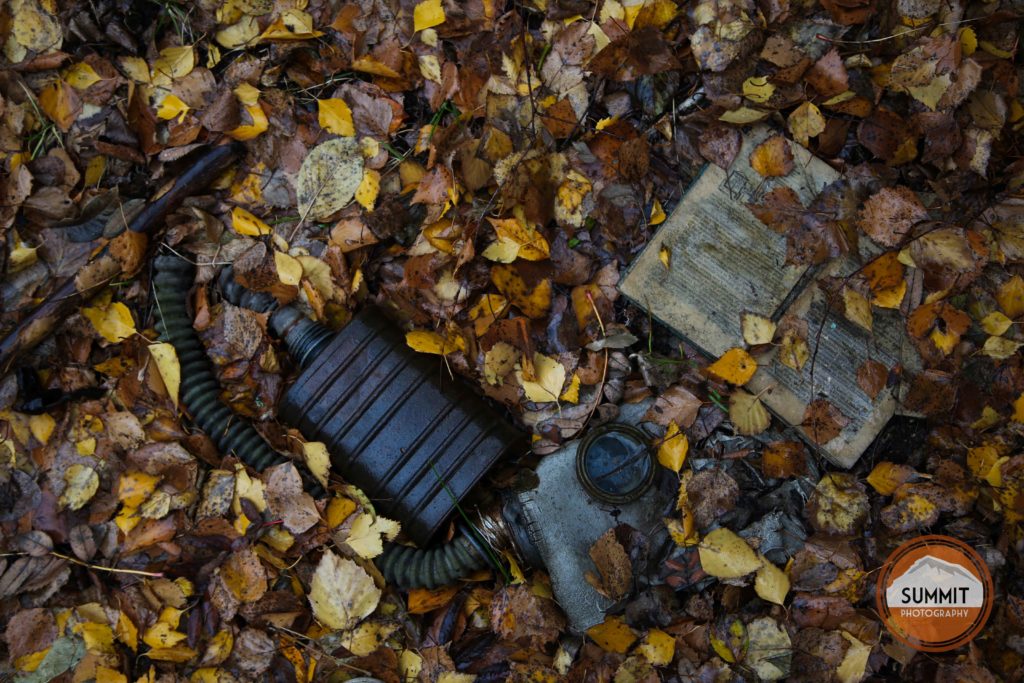
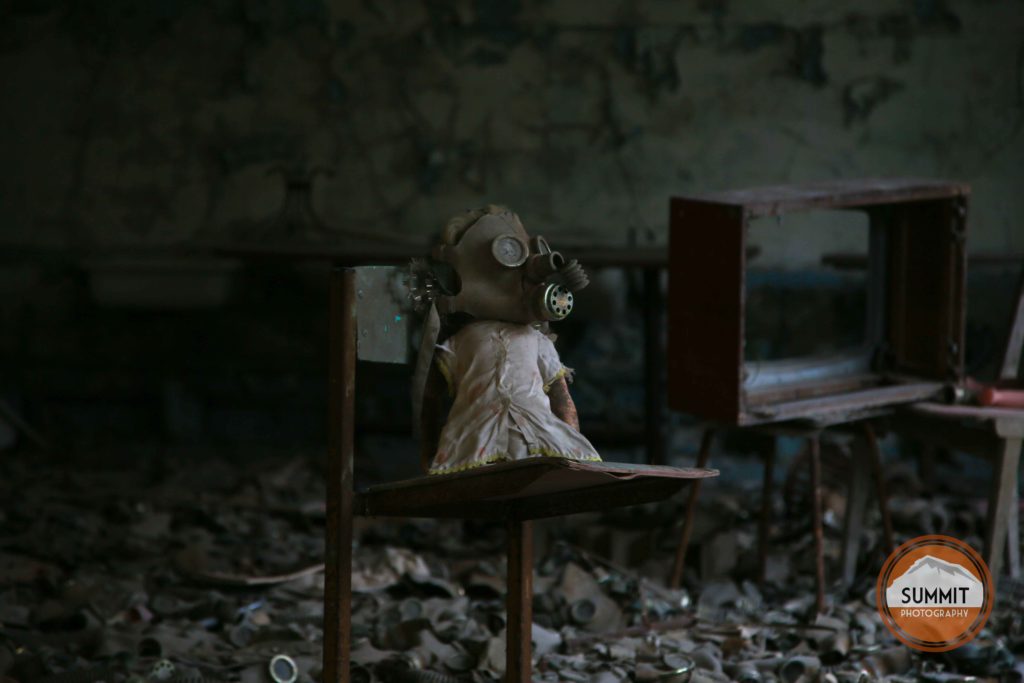
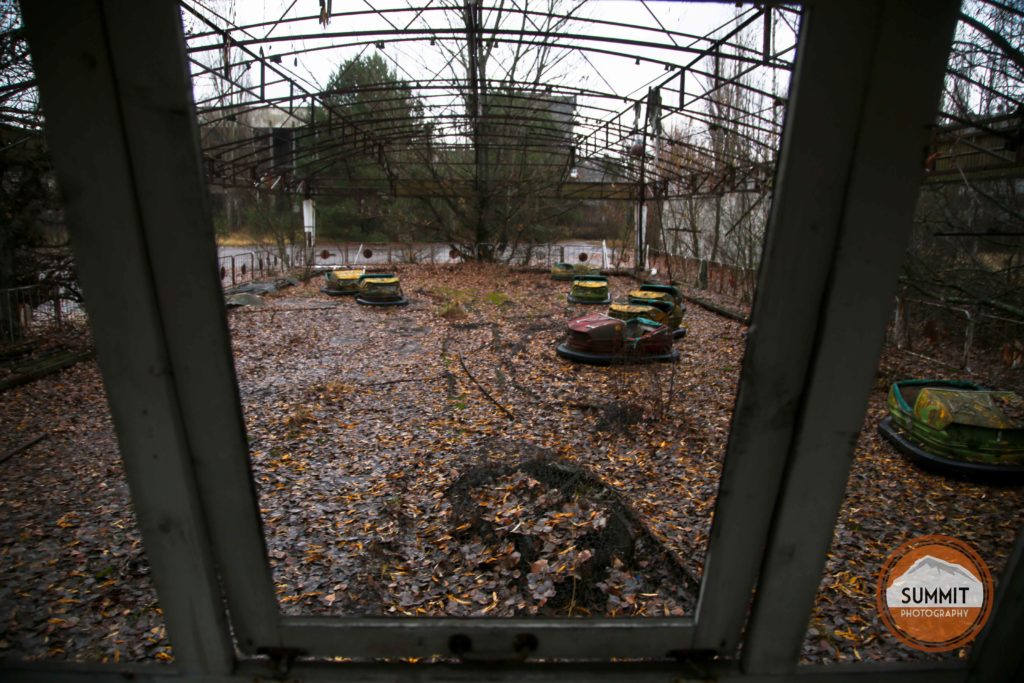
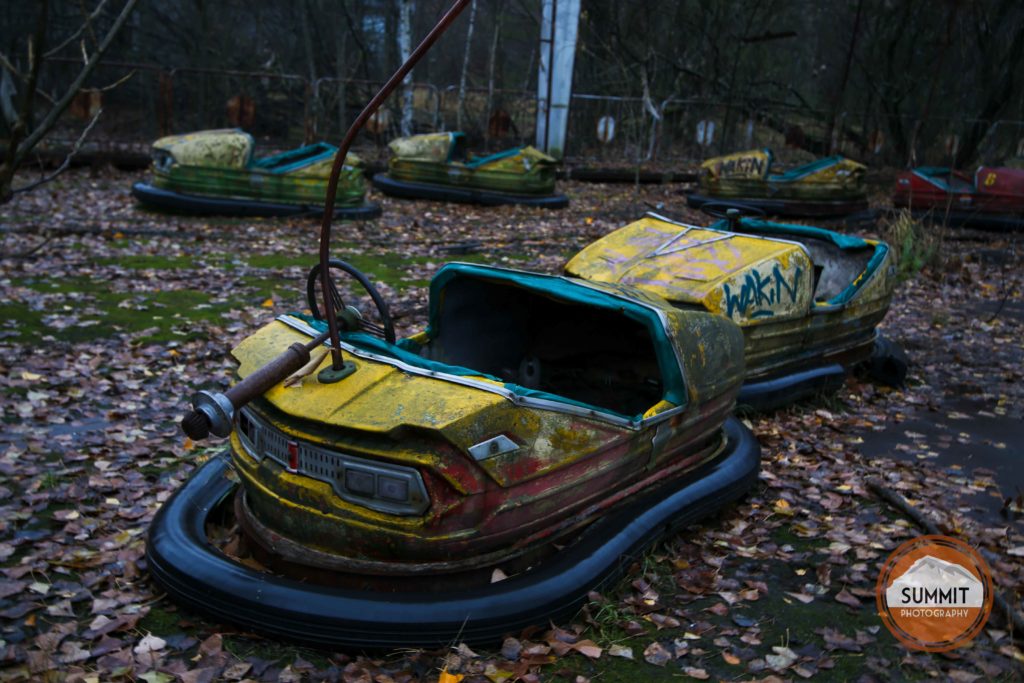
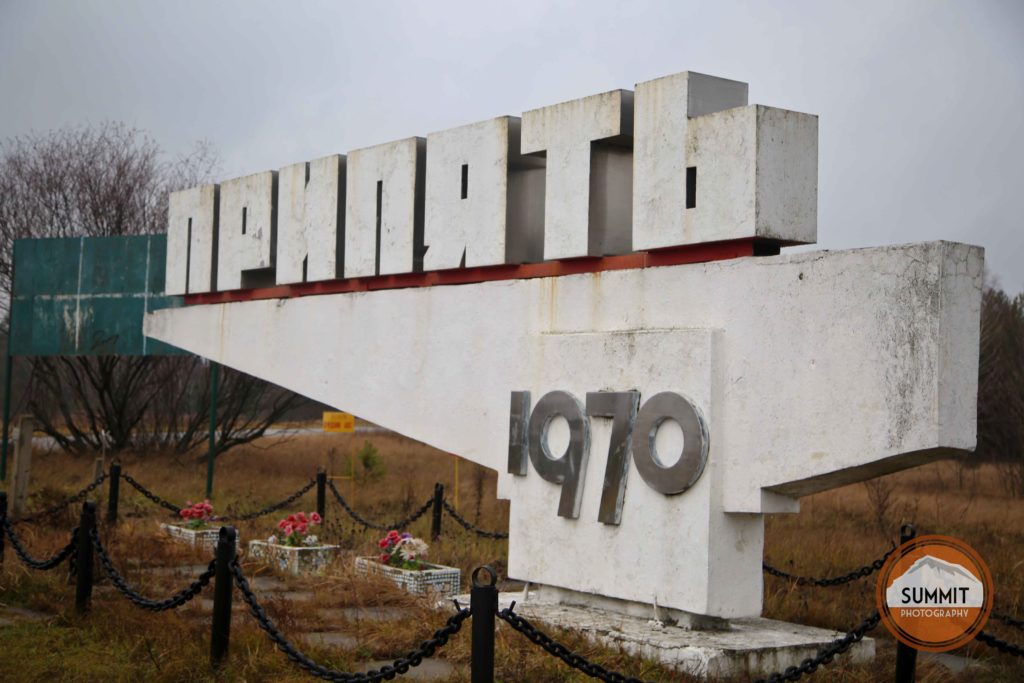
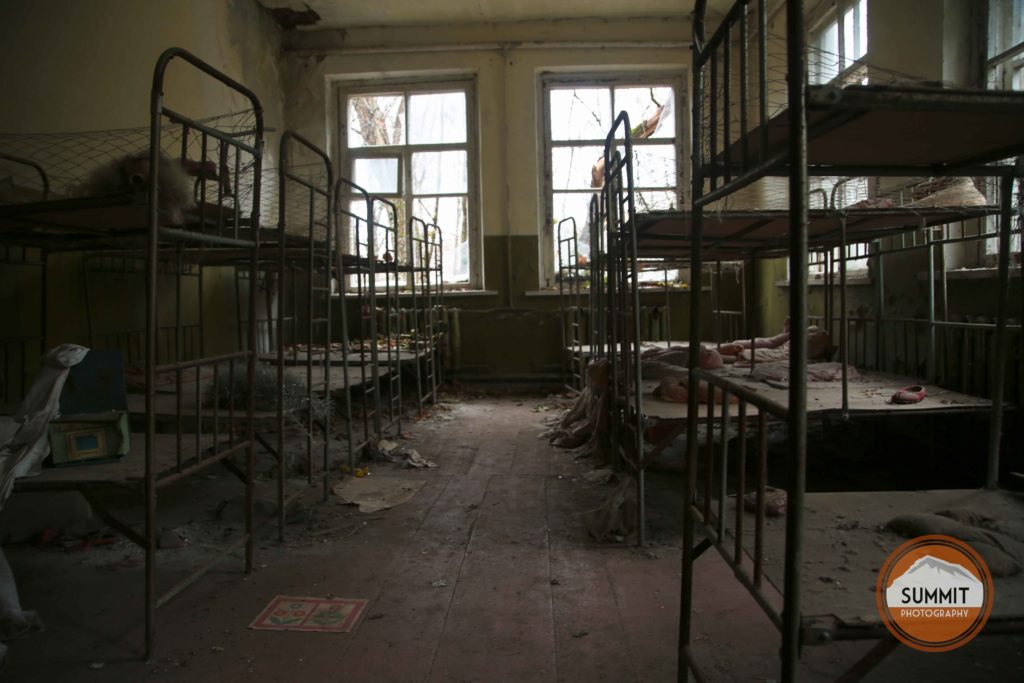
Leave a Reply